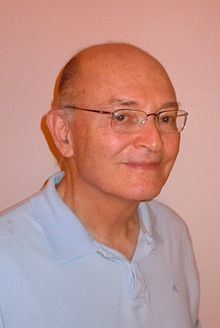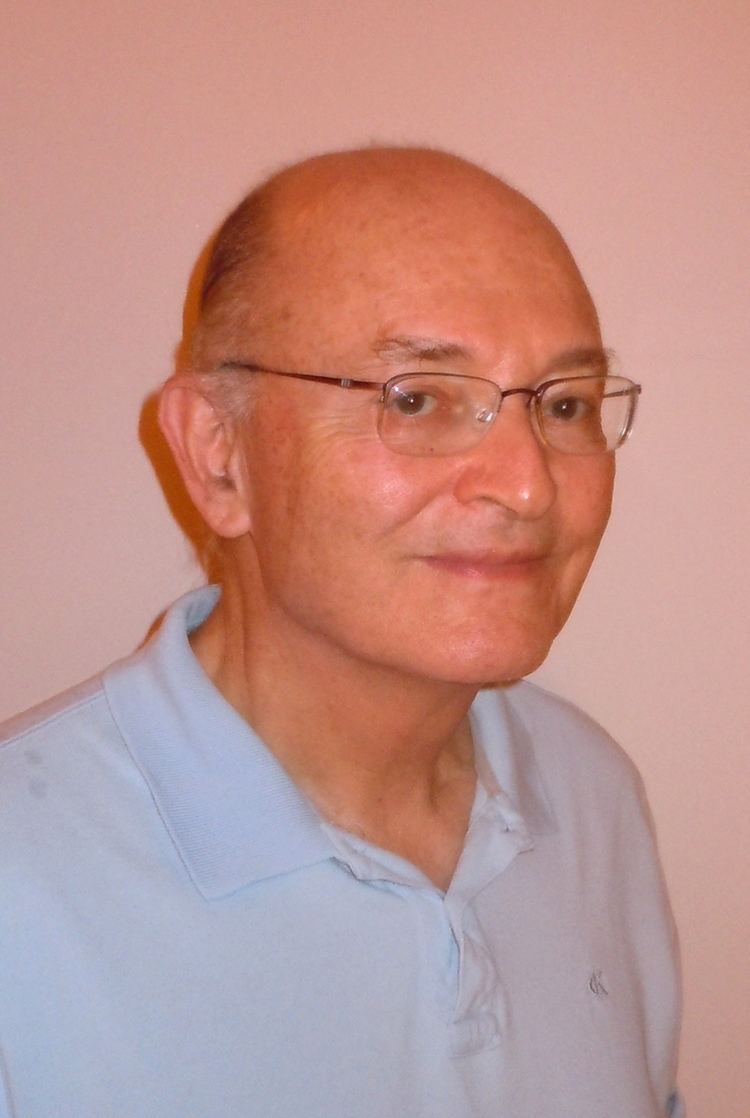Nationality American Name Edward Ott | Role Physicist | |
 | ||
Institution University of Maryland, College Park Books Chaos in dynamical systems, From Barrel To Bottle - Notes On The Home Bottling Of Wine Fields Physics, Electrical engineering | ||
Machine learning analysis of chaos and vice versa - Edward Ott, University of Maryland
Edward Ott is an American physicist most noted for his contributions to the development of chaos theory.
Contents
- Machine learning analysis of chaos and vice versa Edward Ott University of Maryland
- Research areas
- Awards
- Books
- References

Ott was born and grew up in New York City. He attended Stuyvesant High School, received his bachelor's degree in Electrical Engineering from The Cooper Union, and his Ph.D. in Electrophysics from The Polytechnic Institute of Brooklyn. Following receipt of his Ph.D. he was an NSF postdoctoral fellow in the Department of Applied Mathematics and Theoretical Physics of Cambridge University. He then joined the faculty of the Department of Electrical Engineering at Cornell University. Since 1979 he has been a faculty member jointly in the Department of Physics and the Department of Electrical Engineering at The University of Maryland, with the current titles of Distinguished University Professor, and Yuen Sang and Yuen Kit So Professor.
Research areas
Prior to his work on chaos and complex systems, Professor Ott had done extensive research in the field of plasma physics. His work on chaos theory and complex systems covers many areas. Some examples are the following:
In what is perhaps Ott's most well-known contribution, he and his colleagues Celso Grebogi and James A. Yorke introduced the concept of controlling chaos. In particular, they have shown that dynamics on a chaotic attractor can be controlled by using only small perturbations. The key idea in this work is that embedded within a chaotic attractor there are typically an infinite number of unstable periodic orbits, any one of which can be stabilized by a small control (the O.G.Y. method), and that, by properly choosing which orbit to stabilize, enhanced performance can be achieved. As part of its 50th anniversary celebration, the journal, Physical Review Letters, selected this paper as one of its milestone publications.
